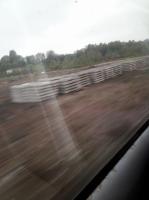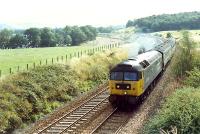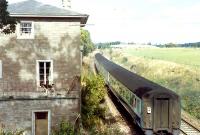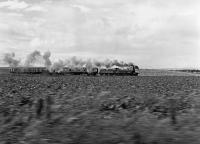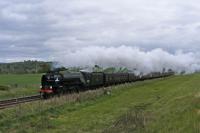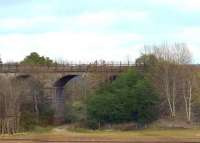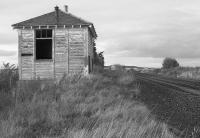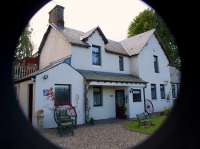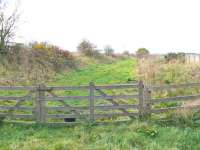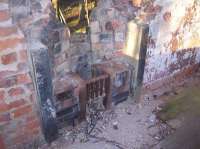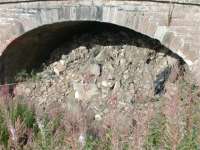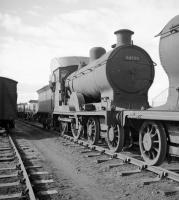Scottish Midland Junction Railway
Introduction
This railway is partly open from Perth to Stanley Junction. The company provided a service between Perth and Forfar [2nd].
Dates
Portions of line and locations
This line is divided into a number of portions.
Perth to Coupar Angus
This is a superb major station with a tudor styled building by William Tite and large glazed trainshed situated on the western edge of the Perth town centre. To the south lines from Glasgow Queen Street High Level and Edinburgh Waverley meet at Hilton Junction and in the station lines north to Inverness and north east to Dundee and Aberdeen divide. Today it is an eight ...
More detailsSee also
Scottish Central Railway
Dundee and Perth Railway
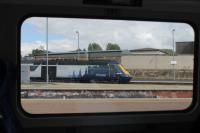
Mark Bartlett 02/08/2022
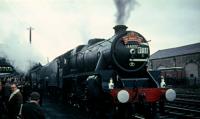
Colin Kirkwood 25/03/1967
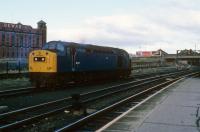
Roger Geach 29/03/1982
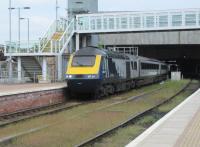
David Panton 02/06/2021
This junction is at the north end of Perth. Today this is where the lines from platform 7 and the holding sidings on the west side meet those from platform 4 and 3 on the east side, which have just passed under the station road entry ramp. The combined lines heading north pass under the Glasgow Road Bridge.
...
See also
Perth General Enlargement (Perth Station Committee (Caledonian Railway, North British Railway and Highland Railway))
Also known as Perth North Ticket Platform (and variations of this name). This was Perth General's northern ticket platform where passengers tickets, for trains arriving from the north, were checked. It was a timber platform built on the east side of the line.
...
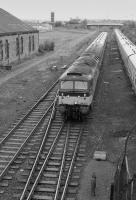
Bill Roberton //1988
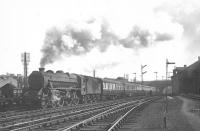
G H Robin collection by courtesy of the Mitchell Library, Glasgow 16/04/1955
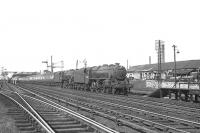
G H Robin collection by courtesy of the Mitchell Library, Glasgow 16/04/1955
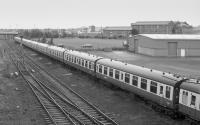
Bill Roberton /07/1988
This was a temporary terminus which afterwards became carriage shed. It was initially used during a disagreement between the Scottish Midland Junction Railway and the Scottish Central Railway over access to Perth General station. The station, by the time of the 1860 Ordnance Survey, consisted of four platforms; one platform on the through line south to the general station, two terminal ...
More detailsThis shed was also known as Perth North. This was the Highland Railway shed in Perth, north of the Glasgow Road/York Place road bridge just north of the station and on the west side of the line. It was accessed from the north, single ended and consisted of two four road sheds. It was owned by the Highland, despite being seven miles south of the Highland main line at Stanley Junction.
...
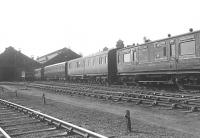
G H Robin collection by courtesy of the Mitchell Library, Glasgow 16/04/1955
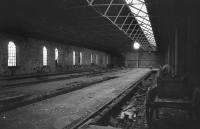
Bill Roberton //1975
This signal box was on the west side of the line south of the Long Causeway road bridge.
...
See also
Perth General Enlargement (Perth Station Committee (Caledonian Railway, North British Railway and Highland Railway))
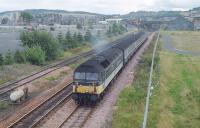
Ewan Crawford //1990
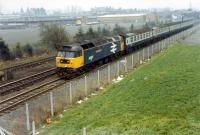
Ewan Crawford //1988
This goods yard was on the north side of the Perth High Street road bridge. It was located on the west side of the line, both goods lines and passenger lines, and Perth Goods [CR]. The yard was used by the Highland Railway.
...
This was the Caledonian Railway's main goods yard in Perth and was chiefly opened when Perth station was hugely remodelled in the mid 1880s. The yard was shared with the Highland Railway. It was later known as Perth North Goods. The yard no longer exists. It was described by Biddle and Nock thus:
...
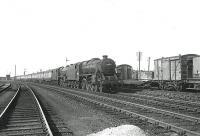
G H Robin collection by courtesy of the Mitchell Library, Glasgow 16/04/1955
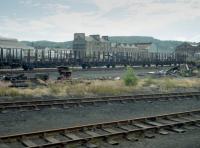
Bill Roberton //1984
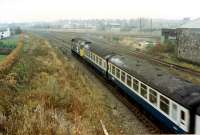
Ewan Crawford //1988
These goods sidings were in the north of Perth, just to the north of Perth Goods [CR], their parent station. The sidings were on the east side of the line and approached from Balhousie Junction, just to the north. The line for the yard approached down the east side of Balhousie signal box, the main line from which these branched down the west side of the same box.
...
This signal box, just south of the Crieff Road bridge in Perth, was located on the east side of the line. It was just under a mile north of Perth station. The box was east of the main lines with goods lines passing round its east.
...
See also
Perth General Enlargement (Perth Station Committee (Caledonian Railway, North British Railway and Highland Railway))
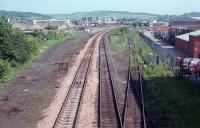
Ewan Crawford //1989
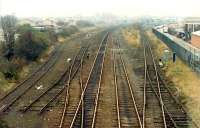
Ewan Crawford //1988
A halt related to Muirton Park football ground, St Johnstone FC, which was to the east.
...
See also
Perth New Yard (British Railways)
This cold store was established in the Second World War. It was located on the east side of the railway in Muirton, Perth. Opposite on the west side of the line was the south end of Perth New Yard (developed later).
...
See also
Perth New Yard (British Railways)
This marshalling yard was laid out to the north of Perth gradually replacing four existing yards nearby, opening in 1962.
...
See also
Perth New Yard (British Railways)
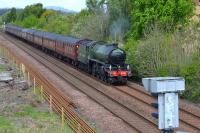
...
Bill Roberton 13/05/2019
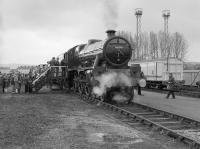
...
Bill Roberton 13/04/1985
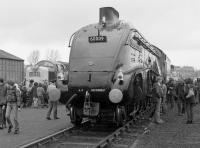
...
Bill Roberton 13/04/1985
This junction was in the north of Perth where the Perth, Almond Valley and Methven Railway met the older Scottish Midland Junction Railway. Trains from the branch could run south to Perth. The main line was double track, the branch single. The brick built signal box was on the east side of the line. The junction was a little complicated as there was a looped siding on the west side ...
More detailsSee also
Perth, Almond Valley and Methven Railway
Perth New Yard (British Railways)
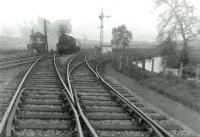
G H Robin collection by courtesy of the Mitchell Library, Glasgow 16/05/1953
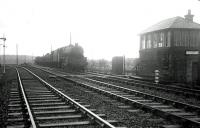
G H Robin collection by courtesy of the Mitchell Library, Glasgow 06/04/1953
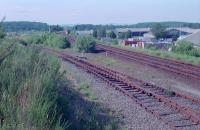
Ewan Crawford 20/12/2020
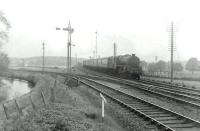
See query 2187 ...
G H Robin collection by courtesy of the Mitchell Library, Glasgow 16/05/1953
North of Perth at Denmarkfield is a house sandwiched between the A9 and railway. The architecture suggests perhaps railway ownership, perhaps even a planned station which never opened.
...
This was a two platform station. The main building, a single storey, was on the up platform.
...
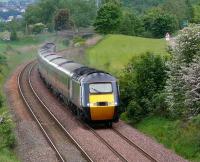
Brian Forbes 26/05/2007
This was a two platform station originally. The main station building was on the northbound platform.
...
See also
Bankfoot Light Railway
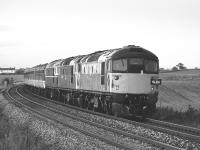
Bill Roberton 12/09/1992
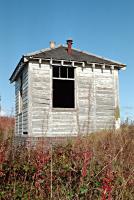
Ewan Crawford //1991
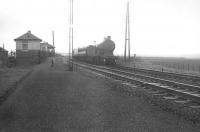
G H Robin collection by courtesy of the Mitchell Library, Glasgow 06/04/1953
This station was half a mile south of Stanley Junction, which replaced it in 1856.
...
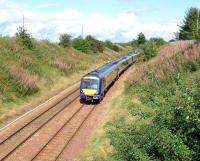
Brian Forbes 02/09/2008
This was a three platform station and junction. It was not convenient for the village of Stanley, being on its northern edge. It was the junction between main lines to Aberdeen and Inverness.
...
See also
Perth and Dunkeld Railway

Ewan Crawford 03/04/2023
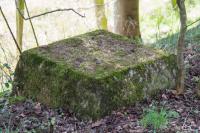
Ewan Crawford 03/04/2023
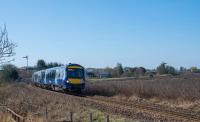
Ewan Crawford 03/04/2023
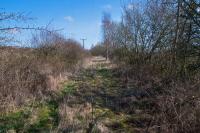
Ewan Crawford 03/04/2023
This was a short lived station 1848-1868 (with a possible short closure late 1849 to early 1850). The station had two platforms and a siding on the north side, approached from the east. It was a very rural location. After closure to passengers the goods yard remained open.
...
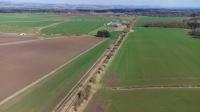
Ewan Crawford 03/04/2023
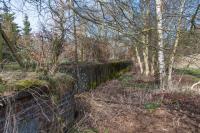
Ewan Crawford 03/04/2023
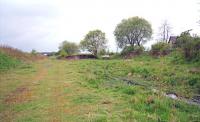
Ewan Crawford //1996
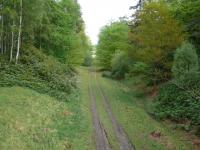
Brian Forbes 08/05/2007
This is a disused double track viaduct west of the former Cargill station and east of the former Ballathie station. It crosses the River Tay. It is a substantial five span truss viaduct.
...
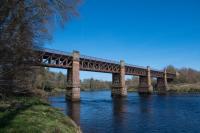
Ewan Crawford 03/04/2023
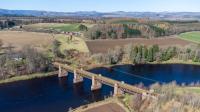
Ewan Crawford 27/03/2023
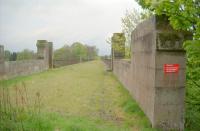
Ewan Crawford //1996
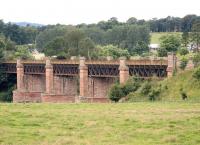
John Furnevel 13/11/2005
This was a two platform station with a small goods yard to the west, on the north side of the line and accessed from the east.
...
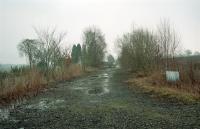
Ewan Crawford //1996
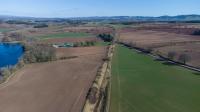
Ewan Crawford 27/03/2023
This was a two platform station. The main station building, now a house, was on the down (northbound) platform. There was a goods yard to the north, accessed from the east end of the station. The signal box was off the east end of the westbound platform, opposite the goods yard.
...
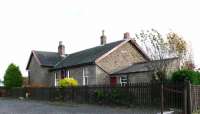
Brian Forbes 02/11/2007
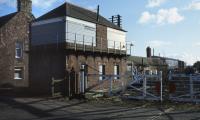
...
Bill Roberton //
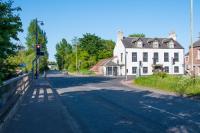
Ewan Crawford 02/06/2023
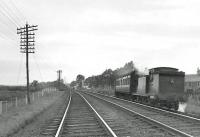
G H Robin collection by courtesy of the Mitchell Library, Glasgow 20/07/1953
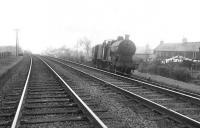
G H Robin collection by courtesy of the Mitchell Library, Glasgow 05/04/1953
This was a three platform station. With an island platform on the west side - the outer face being for the Blairgowrie branch and down platform (with canopied building) and up platform (timber building) on the east side (a building which had a single sloping roof was replaced with another slightly further east around the Great War). Both sides of the station had goods loops. Access to the ...
More detailsSee also
Newtyle and Coupar Angus Railway
Blairgowrie Branch (Scottish Midland Junction Railway)
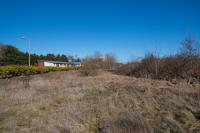
Ewan Crawford 27/03/2023
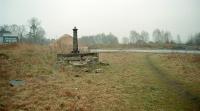
Ewan Crawford //1996
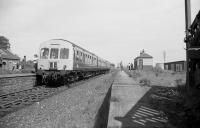
Bill Roberton 25/05/1974
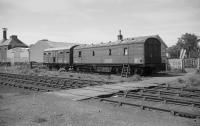
Bill Roberton 25/05/1974
Ardler Junction to Meigle Upper
This was the junction between the Strathmore mainline Perth - Forfar [2nd] - Kinnaber Junction and the curve from the Dundee and Newtyle Railway. This allowed through running from Dundee West to Coupar Angus and Blairgowrie.
...
See also
Newtyle and Coupar Angus Railway
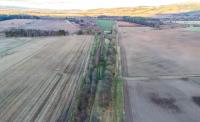
Ewan Crawford 08/03/2023
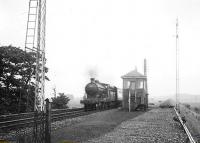
G H Robin collection by courtesy of the Mitchell Library, Glasgow 15/08/1953
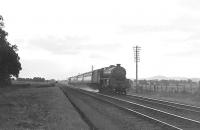
G H Robin collection by courtesy of the Mitchell Library, Glasgow 19/07/1953
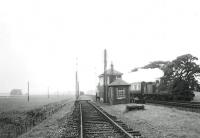
G H Robin collection by courtesy of the Mitchell Library, Glasgow 15/08/1953
This level crossing was located between Ardler Junction (to the west) and Alyth Junction (to the east) on the Strathmore Main Line.
...
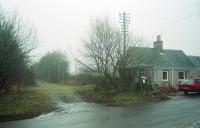
Ewan Crawford //1996
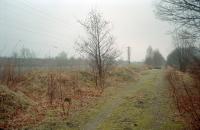
Ewan Crawford //1996
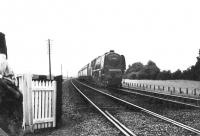
G H Robin collection by courtesy of the Mitchell Library, Glasgow 15/08/1953
This was one of the busiest stations on the Strathmore main line having main line trains from Perth to Aberdeen, branch trains to Alyth, and Dundee West to Newtyle [2nd] to Alyth trains.
...
See also
Alyth Railway
Dundee and Newtyle Deviations (Dundee and Perth Railway)
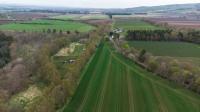
Ewan Crawford 02/05/2023
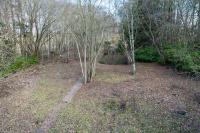
Ewan Crawford 03/03/2023
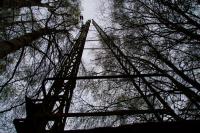
Ewan Crawford 02/05/2023
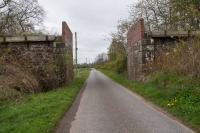
Ewan Crawford 02/05/2023
This was an interchange station opened in 1848 on the earlier course of the Newtyle and Glammis Railway. It was without road access and was formed between the main line of the Scottish Midland Junction Railway and the old curve which ran uphill to Newtyle [1st]. Initially the curve was a different gauge and there was no physical connection, being operated by the [[Dundee and Perth ...
More detailsSee also
Newtyle and Glammiss Railway
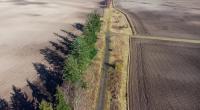
Ewan Crawford 03/03/2023
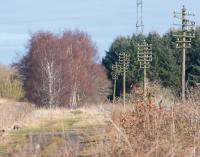
Ewan Crawford 03/03/2023
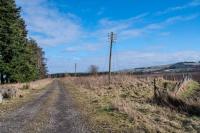
Ewan Crawford 03/03/2023
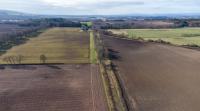
Ewan Crawford 03/03/2023
Glamis to Forfar
This was a two platform station on the Strathmore main line. The main station building was on the westbound / southbound platform.
...
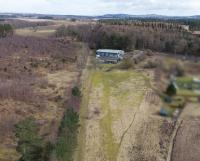
Ewan Crawford 14/03/2023
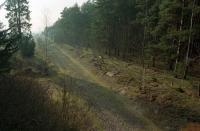
Ewan Crawford //1996
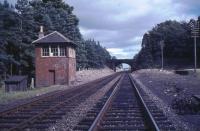
Douglas Blades 02/09/1967
A single siding on the westbound line between Glamis, to the west, and Kirriemuir Junction. It was reached by reversal.
...
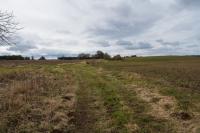
Ewan Crawford 14/03/2023
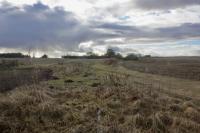
Gary Straiton 17/02/2018
This was a station, exchange platform and junction. A very low platform stood in the 'V' of the junction with a building, probably a railway employee's house. The platform had one face on the main line and another on the branch. A second short platform was on the southbound main line, it was out of alignment with the main platform being further east. The junction dates from 1855 with the opening ...
More detailsSee also
Kirriemuir Branch (Scottish Midland Junction Railway)
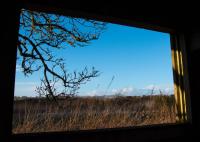
Ewan Crawford 14/03/2023
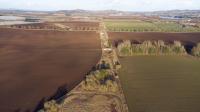
Ewan Crawford 14/03/2023
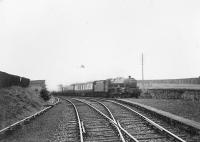
G H Robin collection by courtesy of the Mitchell Library, Glasgow 15/08/1953
This bridge, west of the former Forfar South Junction on the Strathmore main line, formerly carried the A926. It is built on a skew and is bridge number 200.
...
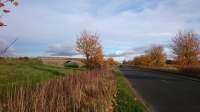
Alan Cormack 02/11/2016
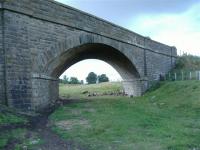
Colin Harkins 31/08/2006
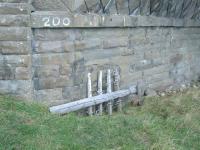
Colin Harkins 31/08/2006
This junction was to the west of Forfar [2nd station, not so much south as more north west, indeed it was further north than Forfar North Junction which was east of Forfar [1st]. However in railway terms it was south of the station as it was closer to Perth.
...
See also
Forfar and Brechin Railway
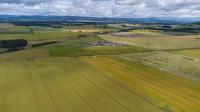
Ewan Crawford 18/07/2023
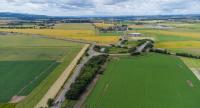
Ewan Crawford 18/07/2023
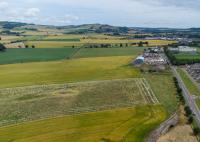
Ewan Crawford 18/07/2023
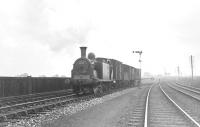
See
G H Robin collection by courtesy of the Mitchell Library, Glasgow 20/07/1953
This was an important station on the Perth to Aberdeen main line through Strathmore. A number of lines converged on the station and it not only had two main through platforms but bays for the branch lines. It was on a curve, bringing the line closer to Market Street , on the north side of the town. To the north of the east end of the station was an extensive goods yard and [[Forfar Shed ...
More details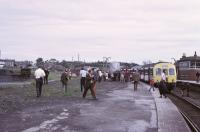
Roger Geach Collection 25/05/1974
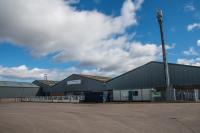
Ewan Crawford 11/04/2023
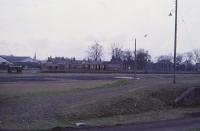
John Kirk //
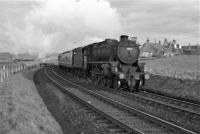
Robin McGregor 12/04/1965
This was the second (much larger) shed at Forfar [2nd] built for the Caledonian Railway in 1898-99 coinciding with completion of improvements to the Strathmore main line, rebuilding of bridges resulting in a much higher line speed and opening of final branches. It replaced the much older and smaller Forfar Shed [1st]. The shed was built on a greenfield site to the north of the ...
More details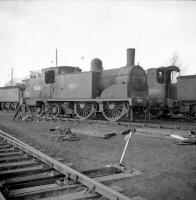
Aitken Scott //
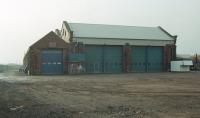
Ewan Crawford //1996
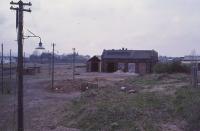
John Kirk //
At Forfar North Junction the routes west to Forfar [1st] (Playfield) and Perth diverged and the routes east to Aberdeen and Broughty Ferry diverged. The Arbroath and Forfar Railway (arriving here in 1839), Scottish Midland Junction Railway (1848) and Dundee and Forfar Direct Railway (1870) met here.
...
See also
Arbroath and Forfar Railway
Dundee and Forfar Direct Railway
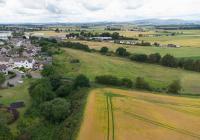
Ewan Crawford 18/07/2023
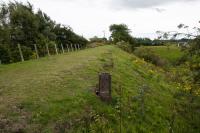
Ewan Crawford 18/07/2023
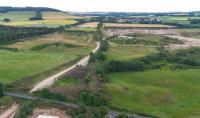
Ewan Crawford 18/07/2023
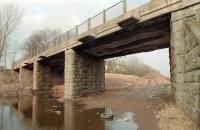
Ewan Crawford //1996
Books










